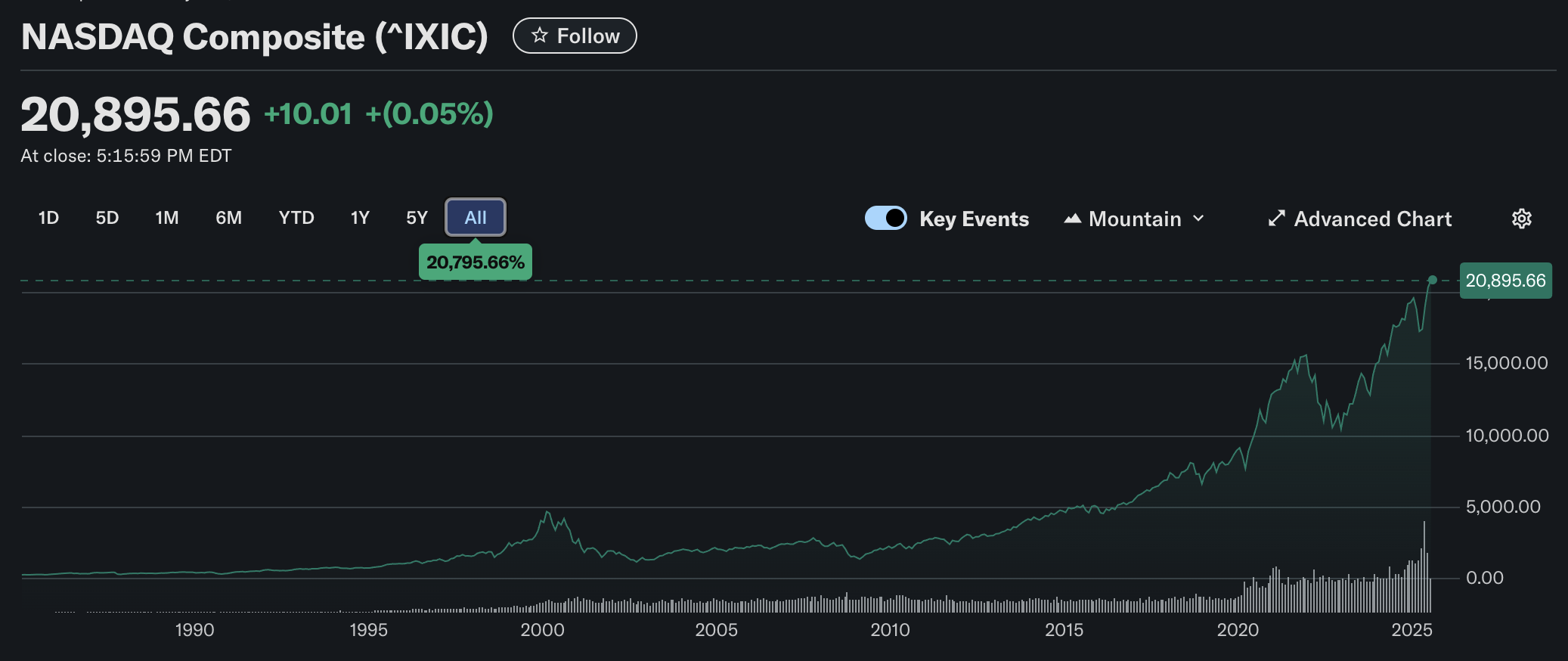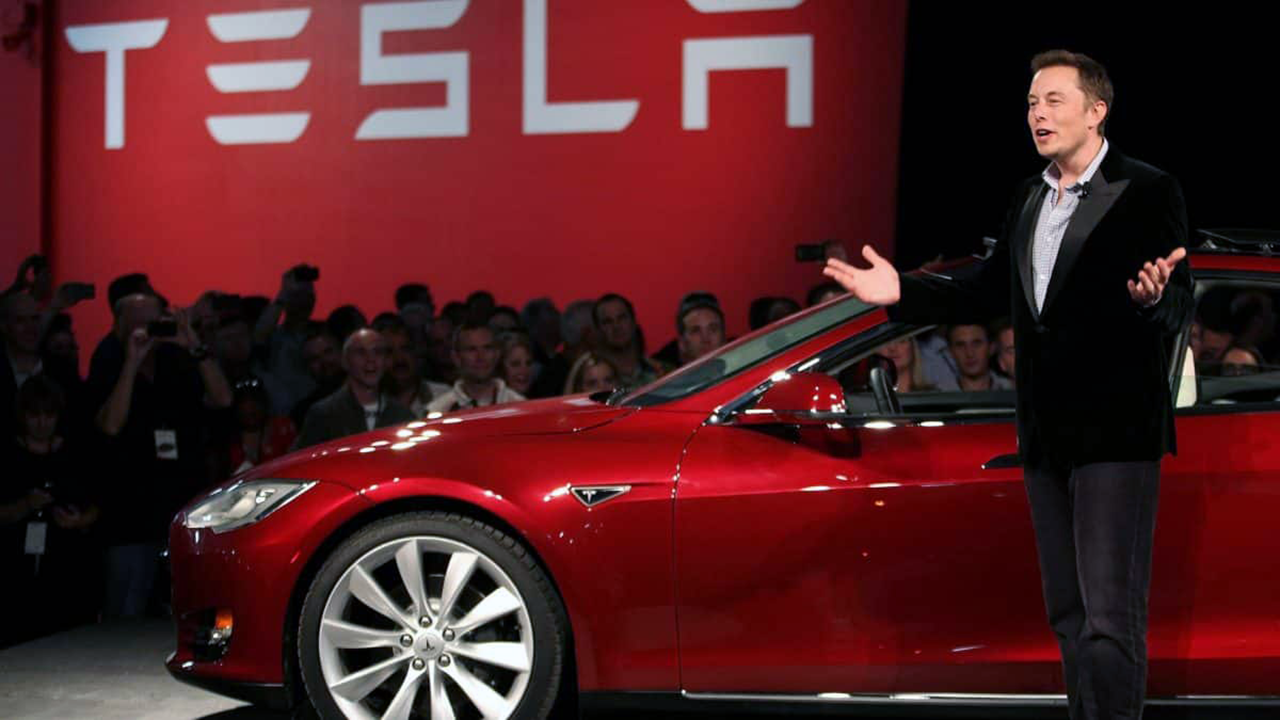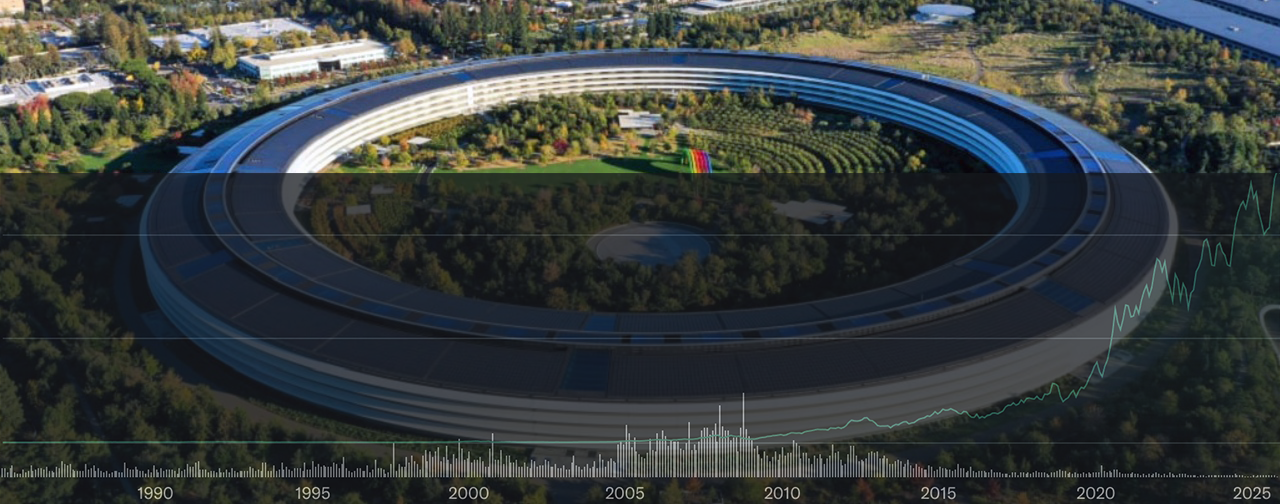Research note by a major chief economist.
As someone who was part of that bubble (working for Sun Microsystems during that period) and later taking part in the market just prior to it popping and crashing big time (while at Apple), my often times cracked crystal ball is also telegraphing that it is a similar massive bubble (where history has a pretty good chance of repeating itself because we as a species, have this stronger tendency to forget the past/keep making the same mistakes over time). I documented only a tiny fraction of that (the gory details of the day trading parts could fill a book and I have zero interest in going down that rabbit hole).
Tulip mania was one of the most well known bubbles. Charles Mackay’s book “Extraordinary Popular Delusions and the Madness of Crowds” is a recommended read overall in terms of manias in general (the chapters with how these bubbles form in markets is also good) as to this psychology that impacts humans. Modern days folks have diagrammed this as follows.

The “smart money” refers to a phrase regarding those folks who understand the market dynamics; in short, decision making not based on hype or fear in order to buy low and sell high (that doesn’t mean the absolute bottom nor the absolute top; if one happens to accomplish both, it is normally out of coincidence/luck). Everyone else however gets caught in the emotional element (irrational exuberance or fear); they end up getting the “news” when it is on that uphill climb when those in the know (especially market insiders) start the “pump and dump” routine (to get the rest of the masses hyped up in order to buy the shares that the smart money folks want to sell in order to get out with their gains largely intact while not caring about the remaining percentage gains at the top which is only known in hindsight once everything comes crashing down). Remember, markets exist because there are buyers and sellers (with a price matching component). In the past, that used to be handled by floor traders (market makers); nowadays, this is handled by computerized trading (including high frequency trading algorithms that are able to move the markets up/down quickly).
In the chart (at the top of the page) of the Nasdaq Composite Index, the Dot-com bubble looks like a tiny blip now (that peak in 2000). In 2018, analysts still did not believe another bubble was forming. But as this graph shows, the tech heavy Nasdaq has been on this uphill run with the current one being fueled by AI and crypto. Guess where the smart money folks bought into the current market? Yes, somewhere back in the prior decade.
Quite a bit of the analyst research (which can be viewed daily in an aggregated fashion on financial “news” sites like Yahoo Finance) reads consistently like the “pump and dump” of old (well, that is actually a very core part of Wall Street in general once you understand the mechanics and mentality of that industry; again, Liar’s Poker by Michael Lewis is a good read since it highlights the typical sociopathetic behavior that is common in that industry). IMHO, I think the market coverage is significantly worse in recent years because it is treated even more like a spectator sport now when taken together with how this corrupt/self-dealing kakistocracy in the U.S. is handling things. You can insure they will protect themselves/their interests first; the ones who will be holding the bag will be the ones who get sucked into the tail end of this bubble.
Microsoft (which I recently divested from for other larger reasons though this bubble was part of that decision) has been on a tear recently because of it’s own AI push (and it being pumped by Wall Street analysts along with Nvidia). My last large accumulation of MSFT was in 2015 (the previous ones were all from early 2000’s before the dot-com crash). I’m no genius when it comes to the market. I just understand what the stock market is really all about, learned valuable lessons by experiencing (not by choice) previous market “crashes”, and view a lot of these analyst reports with high doses of skepticism (being a contrarian/devils advocate is really a good trait to have when investing). When you see articles pushing these two companies at these levels, that are just some of the small signs to begin exiting (because the “smart” money always tends to get out while the stock is being pumped by these analyst types).
I fully acknowledge that MSFT could hit further all-time highs (I personally don’t care given the main reasons why I decided to exit those holdings; it was no different with Facebook where I sold that at $230/share and it is now trading at over $700/share — for myself and this is a “me” thing, there’s a point where those gains are “dirty” money given how they are making their money). But like everything else in life, time will tell if this is a bigger bubble (and if it will pop with the same intensity as the Dot-com one).




